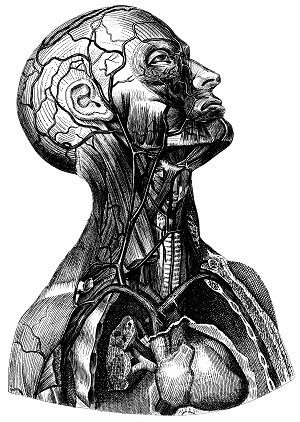

Welcome to Ms. Stephens’ Anatomy & Physiology Class
Email: [email protected]
Tutorial: Thursday (3:45-4:45)
Announcements:
The class website contains lesson plans, notes, and study links. Please check the lesson plans to see what you missed, and for make-up work.
Notice to Parents & Students:
The class website is regularly updated for each unit. Students are expected to check the class website prior to the next class when they are absent to not get behind. There are many study resources available as well!
Course Syllabus : Anatomy and Physiology Syllabus Fall2022
** Please download the Course Syllabus by clicking the link above and confirm you have read the course syllabus by completing the syllabus confirmation from your google classroom.
** If you need the google class code email me**
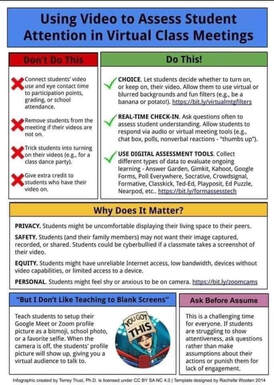
Online Multiple Intelligence Test- - Save As. to save the graph of your results, print, email me, or save using copy ScreenShot and paste in a Google doc submit to the classroom.

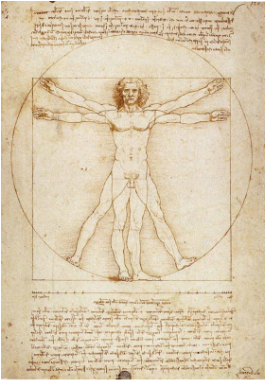
Unit 1: The Human Body-Orientation
Chapter 1 Test study guide complete and bring to class on test day.
Complete all assignments and turn in before the chapter test.
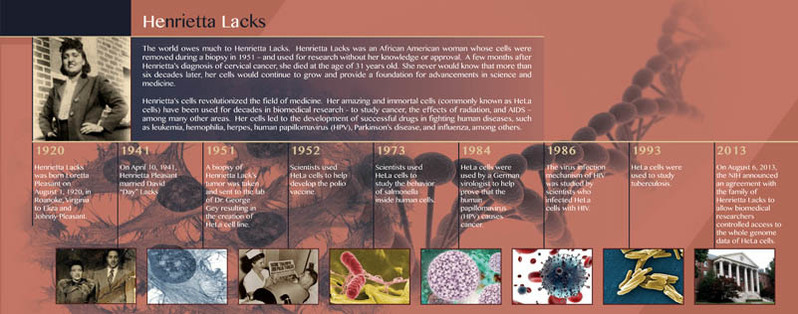
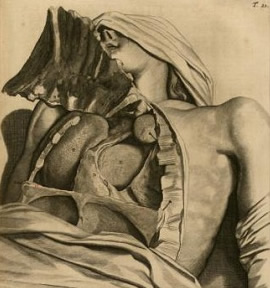
Unit 2: Study Guide Unit 2 Cells-Histology Study Guide KD15.doc
Unit 2: Cells and Tissue Test Review
Kahoot: Cells and Tissues
Makeup Work:
This chapter gives a basic overview of how cells are organized into tissues and how to identify tissues based on the shape, layers and numbers of cells. If you have missed laboratory or class; complete the makeup work below.
Resources
Notes: Chapter 5: Tissues | Presentation Slides
Concept Map on Tissues - organize the tissues into this handy graphic organizer
Tissue Chart - simple cheat sheet for learning the tissues
Connective Tissue Coloring - color the matrix
Histology - viewing images of tissues | Histology Website
Tissues Review Guide
NatGeo Video: How to Build a Human Heart
Practice Quiz over Tissues
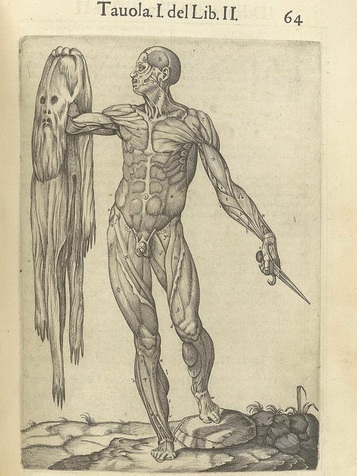
Unit 3: Integumentary System
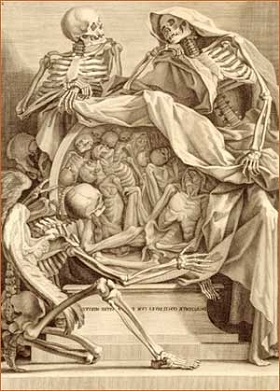
Unit 4: Skeletal System
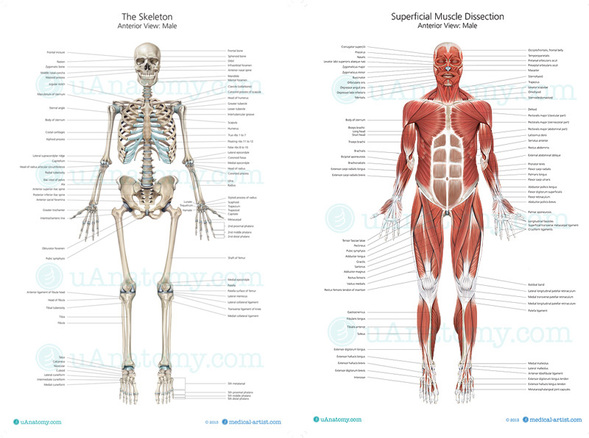
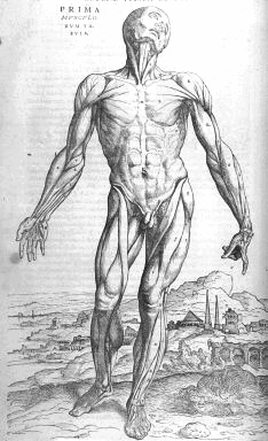
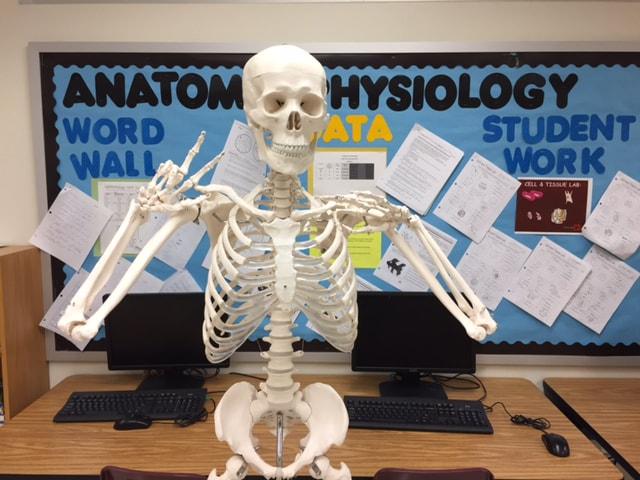
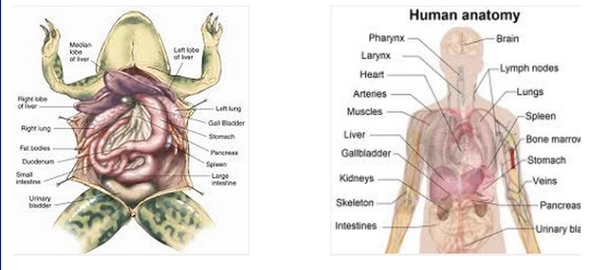
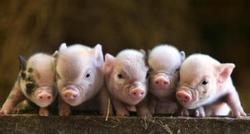
The Ultimate Fetal Pig Dissection ReviewUse the following resources to review the anatomy of the pig. Be sure to look through all of your lab handouts and be able to label the all of the pig images.
The DissectionReview the Fetal Pig Dissection Guide | Fetal Pig Word List
Virtual Pig DissectionPig Dissection at Whitman College
Pig Dissection at Carolina Science
Fetal Pig PhotosClick and Label Fetal Pig
Fetal Pig Dissection Gallery at biologycorner.com
Fetal Pig Dissection at Suny.edu
PigWeb at uco.edu
Drawings of PigsWhile pictures are useful for learning the anatomy of the fetal pig, be careful with only memorizing drawings. Real pigs are not as cleanly pictured and the parts not perfectly aligned. Be sure to study the real pig photographs also.
Fetal Pig Practice QuizzesFetal Pig Quiz - fill in blanks and self check. If you want an authentic experience, print out the lab practical blanks sheet.
Fetal Pig Practical at Quizlet - this set has flashcards and a practice quiz showing the internal and external anatomy
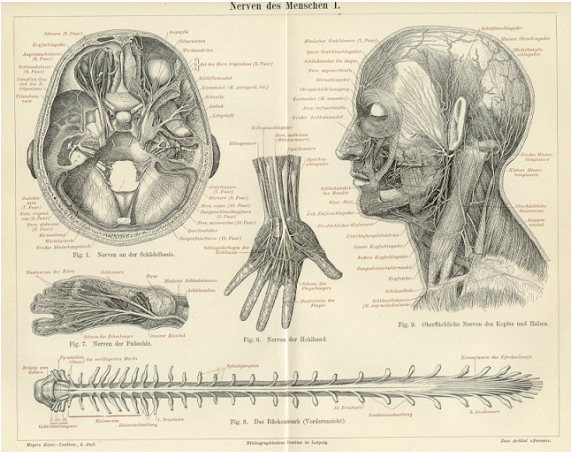
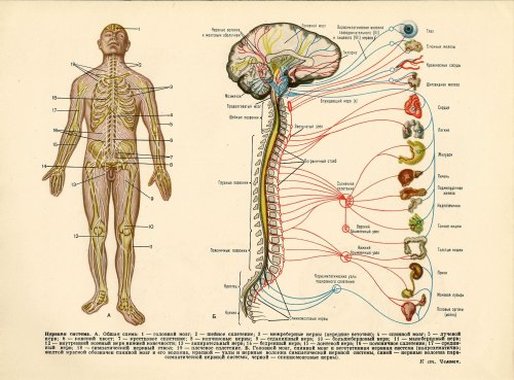
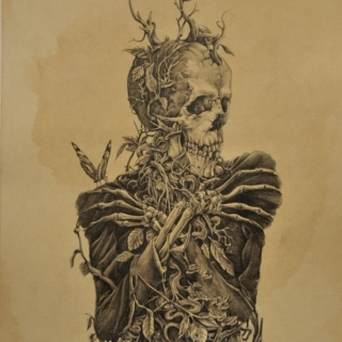
"Now you see it now you don't"http://www.sciencebuddies.org/science-fair-projects/project_ideas/HumBeh_p008.shtml
"When your sniffer snoozes you've got olfactory fatigue"http://www.sciencebuddies.org/science-fair-projects/project_ideas/HumBio_p031.shtml
"Do video game players have faster reaction times than non players?"http://www.sciencebuddies.org/science-fair-projects/project_ideas/HumBio_p025.shtml
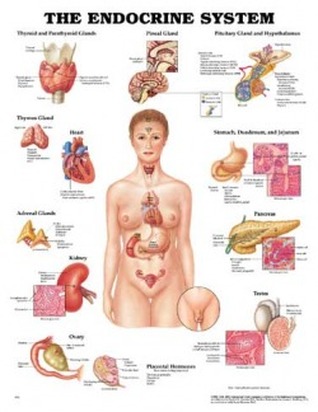
Unit 8: Endocrine System
Learning goals:
SWBAT interpret interactions among hormones,
senses, and nerves IOT make possible the coordination
of functions of the body.
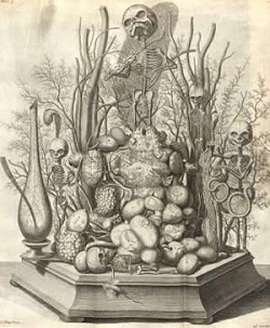
Unit 9: Immune System
Learning Goals: SWBAT analyze the physical, chemical, and biological properties of process systems as these relate to transportation, absorption and excretion within the immune systems.
Immune System ppt
Immune System notes fill-in
Immune Defense notes part 2 fill-in
Claim-Evidence-Reasoning:
Case Studies-Immune System
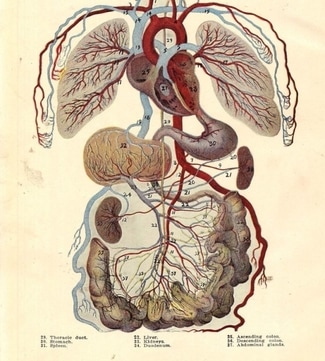

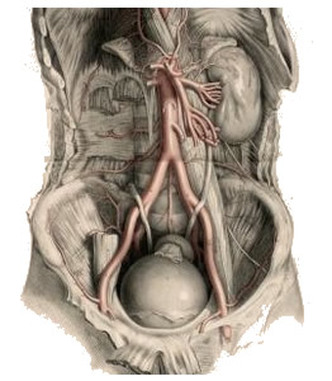
Digestive System/Excretory System
Learning Goals:
1. Describe the functions of the digestive system.
2. Compare and contrast chemical and mechanical digestion.
3. Describe the pathway of food through the alimentary canal organs (7 total) and for each organ, state the type of digestion (mechanical and/or chemical) that occurs. If chemical digestion occurs, additionally state what enzyme is involved and what is broken down.
4. Explain the role of the pancreas and describe each of the five pancreatic secretions.
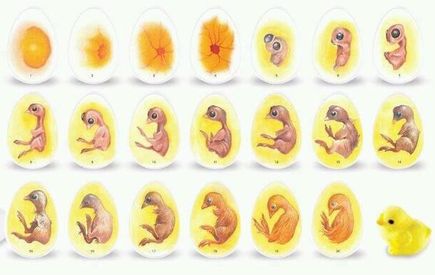
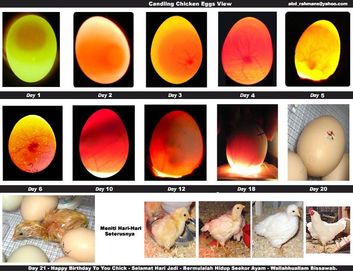
Social and Economic issues will also be discussed as it relates to human reproduction and human populations.
Re productive System
Learning Goals:
*Students will analyze the role of the reproductive system as it pertains to the growth and development of humans.
a. Explain how the functions of the reproductive organs are regulated by hormonal interactions.
b. Describe the stages of human embryology and gestation including investigation of gestational and congenital disorders (e.g. ectopic pregnancy, miscarriage, cleft palate, hydrocephaly, fetal alcohol syndrome).
c. Describe the stages of development from birth to adulthood (i.e. neonatal period, infancy, childhood, adolescence and puberty, and maturity).
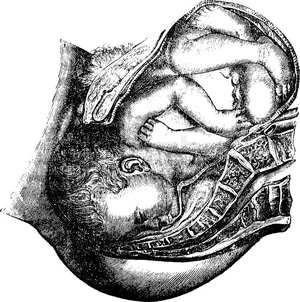

Powered by Create your own unique website with customizable templates. Get Started